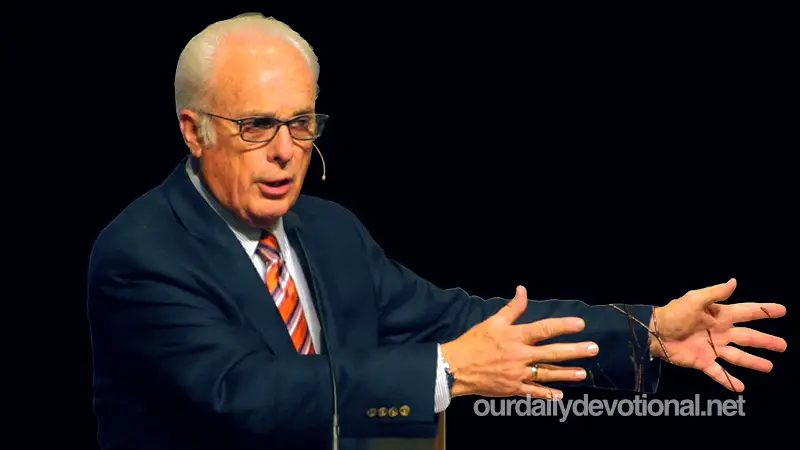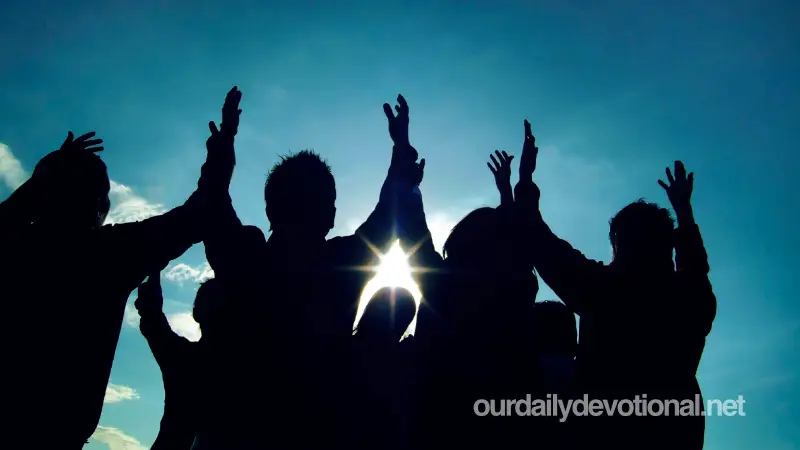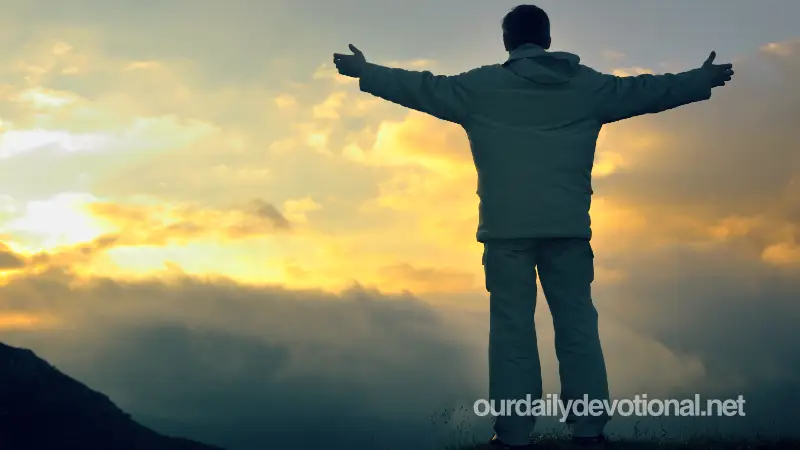They were inflicted by God on Egypt to free His people of Israel, who were suffering slavery there, to exhibit before the Egyptians His great power of redemption, and to show them that all the elements of creation were under His authority (Ex. 7- 12).
1. The plague of blood. The water of the Nile and all its canals and wells turned into blood. The water stank and the fish died. This was a harsh plague, especially since the Nile was worshiped by the Egyptians as a god. The destruction of the Nile fishery was also a great catastrophe. But the magicians were able to perform the same miracle of transforming water into blood. Pharaoh hardened his heart thereby (Ex. 7:14-25).
2. The frogs. The earth was invaded by them: in its beds, ovens and troughs. The magicians also managed to do the same. However, the presence of the frogs was so annoying that Pharaoh called Moses to beg him to ask the Lord to remove them from the country: he would let the people of Israel leave Egypt. The frogs died, and were collected in great heaps; Seeing relief, Pharaoh hardened his heart, and did not allow the people to leave Egypt (Ex. 8: 1-15).
3. Lice (Heb. "ken", "kinnam"). The dust of the earth became lice on men and animals. There are those who have assumed that it is a small species of mosquitoes, because the LXX says "skiphes", which some translate as "mosquito". But these can be included in the fourth plague. It is much more likely that the allusion is to the louse, as Josephus states (see LICE) or to the flea. It is said that it was "in both men and beasts." The magicians could not imitate this: it was a communication of life. They had to recognize: "This is the finger of God." However, Pharaoh refused to allow the children of Israel to leave (Ex. 8:16-19).
4. Flies. The term "flies" is added, the original saying "swarms", which can refer to swarms of insects of various kinds. They were going to fill the houses and corrupt the land. Gesenius renders "arob" as "gadfly," but in Ps. 78:45 and 105:31 this same term is translated "swarms of flies." The Reina-Valera comes very close to the meaning when translating "all kinds of flies." There is no doubt that the common fly is included in Egypt: they are extremely annoying, contaminating food, and attacking the body insistently. A characteristic of this plague is that it did not occur in the land of Goshen, where the Israelites lived. Pharaoh felt so pressed by this plague that he hastened to call Moses, proposing permission to offer his sacrifices, but in Egypt. Moses opposed this, because the Israelites were going to sacrifice animals that the Egyptians detested (sheep) and others that they considered sacred (cows). Finally, Pharaoh agreed, with the condition that they should not go too far into the desert. However, as soon as this plague was removed, Pharaoh again refused to let the children of Israel depart (Ex. 8:20-32).
5. The plague in livestock. It fell on the livestock of the Egyptians. Only the flocks and herds of the Israelites were exempt. But Pharaoh, despite having verified this fact, persisted in his refusal to let Israel leave (Ex. 9: 1-7).
6. Ulcers. This plague fell on all the Egyptians, including the sorcerers, who could no longer be before Pharaoh as on other occasions. However, Pharaoh persisted in his obstinate attitude (Ex. 9:812).
7. Hail mixed with fire. There is evidence that it was not a normal hail. Ancient Jewish tradition (cf. Babylonian Talmud, "Tractate Berakhoth" 54b) affirms that they were hot stones. It is possible that the phenomenon described here was related to some phenomenon of a cosmic nature, and that it was a hail of gravel from the decomposition of a comet (cf. I. Velikovsky: "Worlds in Collision", p. 50). However, the land of Goshen was not affected. Pharaoh asked for Moses' intercession, but when the hail ceased, he resumed his former attitude (Ex. 9:13-35).
8. Lobsters. Moses threatened a plague of locusts. Pharaoh's servants warned the monarch that Egypt was devastated (Ex. 10:7). However, when Moses announced that all the people were going to leave, along with all their possessions in livestock and goods, Pharaoh again refused to allow him to leave (Ex. 9: 1-20).
9. Darkness. «There was dense darkness over the entire land of Egypt for three days. No one saw his neighbor, nor did anyone leave his place in three days; but all the children of Israel had light in their dwellings” (Ex. 10:22, 23). It was darkness that could be felt, and Pharaoh called Moses, giving him permission for the Israelites to go out with their wives and children; but they had to leave their flocks and herds behind them. Moses did not agree: they had to leave with everything: "Not a single hoof will be left." This was going to be God's redemption. Pharaoh was enraged and exclaimed, "Take care that you see my face no more, for on any day that you see my face, you will die." Moses replied: “You have said well; I will see your face no more” (Ex. 10:29); in Ex. 11:4-8 clearly states that Moses warned Pharaoh of the death of his firstborn; This could have been in that same audience through a direct message from God. Moses left Pharaoh's presence in anger (Ex. 11:8).
10. Death of the firstborn. "From the firstborn of Pharaoh who sits on his throne to the firstborn of the maidservant who is behind the mill, and all the firstborn of the beasts." The Israelites had already prepared the Passover lamb, and smeared its blood on the doorposts and lintel, and the slayer passed them by (see EASTER). This establishes a type of the precious blood of Christ, which constitutes the testimony that judgment has already been executed on man, and which is therefore the basis of all the dealings of God in grace. Moses and Aaron were summoned, and ordered to depart, they and their livestock. The Egyptians urged them, exclaiming, "We are all dead" (Ex. 12:33).
This is how God cast his terrible judgments upon Egypt, to let Pharaoh know that He was the omnipotent God, and to redeem the people from him with a raised hand and an outstretched arm. One aspect to note about the ten plagues is that although some of them exist in nature, they present some notable characteristics: (1) Their intensity was unknown. (2) They were announced in advance. (3) A separation was made between the Egyptians and the Israelites. (4) Although the sorcerers were able to imitate the first two plagues, they could not free Egypt from them; in fact they themselves suffered them. (5) Through these plagues judgment fell not only on Egypt, but also on her gods: the great god Nile was defiled; Pharaoh himself, who was considered divine, humiliated; the frogs polluted the temples, and finally, the sun, the greatest of the gods of Egypt, sank into darkness.
The ten plagues left Egypt plunged into the greatest devastation. The subsequent persecution of the Israelites by Pharaoh and his army caused the loss of the Egyptian armed forces and of Pharaoh himself in the Red Sea (see EGYPT, (Israelite stay, f). Egypt was thus left prostrate and defenseless against the invasion of the Hyksos, who took control of the country under completely favorable circumstances (see HYCSOS) after the defeat suffered by the Israelites at Rephidim (Ex. 17:8-16; for the identity of Amalek with the Hyksos, see HICSOS).
Meaning of PLAGUES OF EGYPT (THE TEN)
They were inflicted by God on Egypt to free His people of Israel, who were suffering slavery there, to exhibit before the Egyptians His great power of redemption, and to show them that all the elements of creation were under His authority (Ex. 7- 12).







